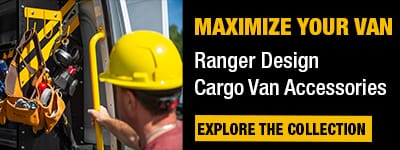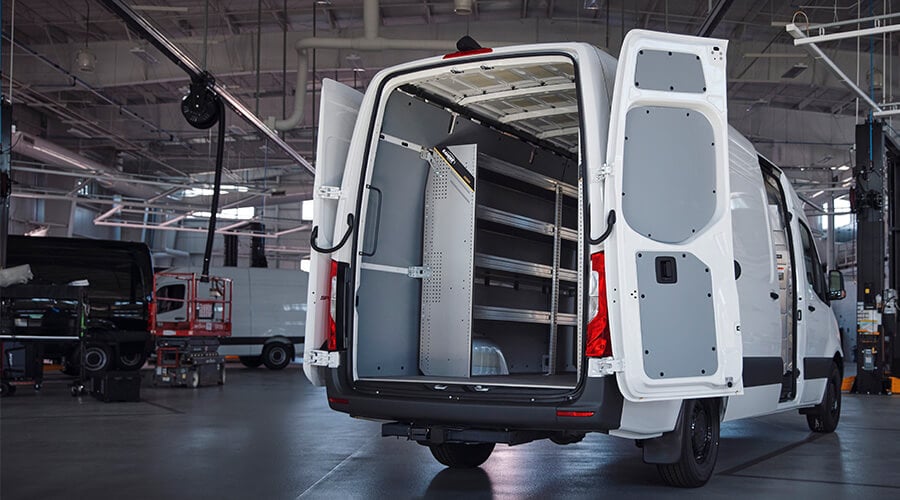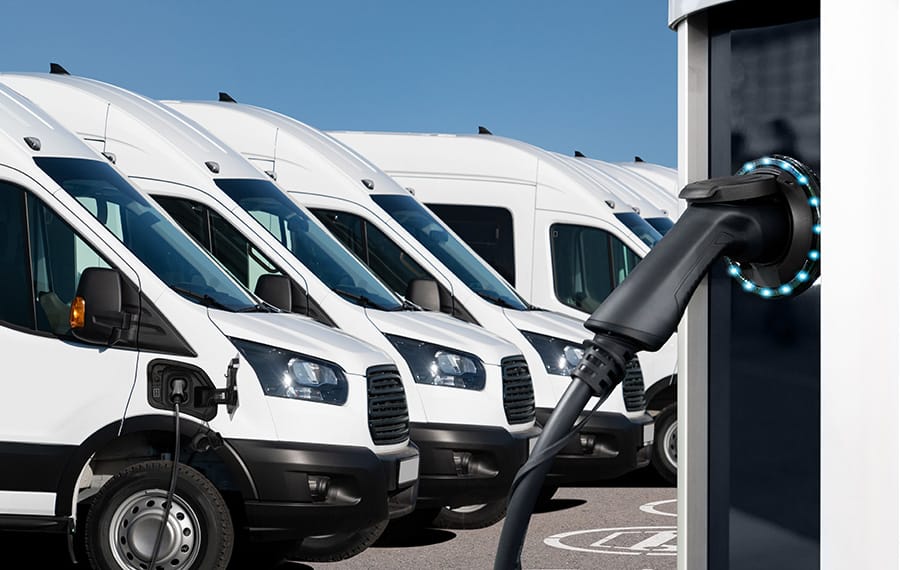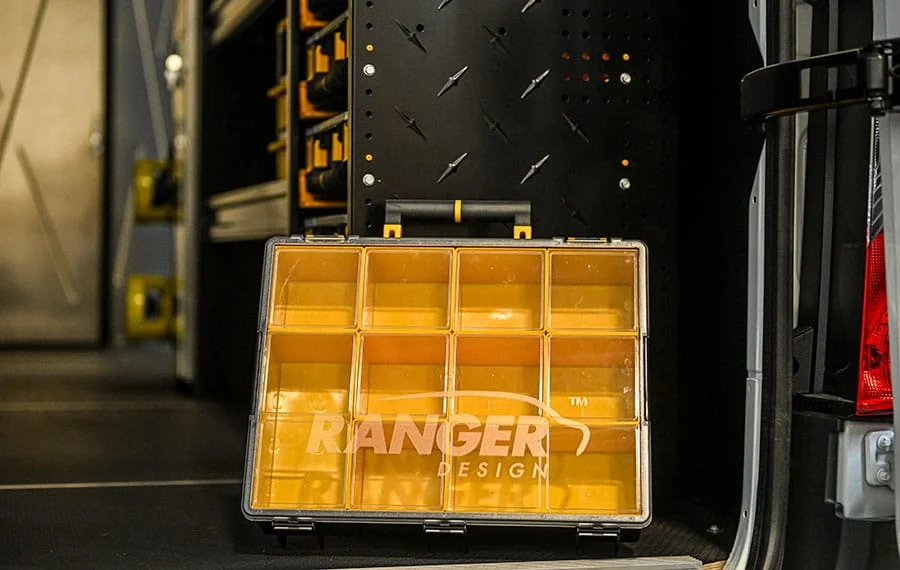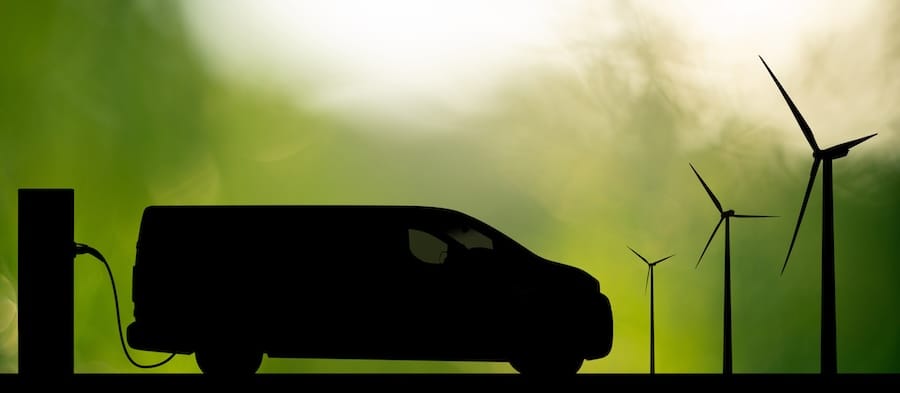
In a world increasingly conscious of environmental concerns, the concept of a “green fleet” is gaining traction. A green fleet is a collection of vehicles designed and operated with a focus on reducing their environmental impact. Businesses that embrace this transition are not only contributing to a cleaner planet but also reaping various economic and operational benefits.
In this blog post, we’ll explore the significance of converting to a green commercial fleet and the steps you can take to make the shift.
The Importance of a Green Fleet
1. Environmental Responsibility
One of the most compelling reasons to convert to a green fleet is the positive environmental impact. Traditional vehicles powered by fossil fuels are a significant source of greenhouse gas emissions. By adopting cleaner and more sustainable alternatives, you reduce your organization’s carbon footprint, helping combat climate change.
2. Cost Savings
Green fleet initiatives are often associated with long-term cost savings. While the initial investment in eco-friendly vehicles and technologies may seem higher, the operational and maintenance costs of such commercial vehicles are generally lower. Fuel-efficient vehicles, reduced maintenance needs, and government incentives contribute to these savings.
3. Compliance and Reputation
Many governments are implementing stricter emissions regulations and offering incentives for businesses that embrace green practices. Compliance with these regulations is not only a legal requirement but also enhances your company’s reputation. Customers and clients are increasingly favoring businesses with strong environmental commitments.
Steps to Convert to a Green Fleet
1. Assess Your Fleet
Start by conducting a comprehensive assessment of your existing fleet. Determine the age, fuel efficiency, emissions, and maintenance costs of each vehicle. This will help you identify the most critical areas for improvement.
2. Select Green Vehicles
Replace older, less fuel-efficient vehicles with green alternatives. Options include electric vehicles (EVs), hybrid vehicles, compressed natural gas (CNG) vehicles, and clean diesel models. The choice depends on your specific needs, budget, and local infrastructure.
3. Optimize Routing and Scheduling
Efficient route planning and scheduling can significantly reduce fuel consumption and emissions. Utilize fleet management software to plan the shortest, most fuel-efficient routes and to reduce idle times.
4. Driver Training
Invest in driver training programs that promote fuel-efficient driving techniques. This includes avoiding aggressive acceleration and braking, maintaining steady speeds, and reducing idling times.
5. Renewable Energy and Alternative Fuels
Consider transitioning to renewable energy sources for charging electric vehicles or exploring alternative fuels like CNG or biofuels, which have lower emissions compared to traditional gasoline or diesel.
6. Fleet Maintenance
Regular maintenance is essential to ensure vehicles operate at peak efficiency. Stay on top of oil changes, tire pressure, and engine tuning to maximize fuel efficiency and minimize emissions.
7. Telematics and Fleet Management
Implement telematics and fleet management solutions to monitor vehicle performance, driver behavior, and fuel consumption. These systems provide valuable data for continuous improvement.
8. Equip your commercial vehicles with green upfit components
Ensure you upfit your fleet with lightweight and recyclable components. For example, aluminum shelving units are lighter than steel enabling you to increase your payload and range.
9. Support Infrastructure
Ensure that you have the necessary infrastructure to support your green fleet. This may include charging stations for electric vehicles or CNG refueling stations.
The Road Ahead
Converting to a green fleet is a significant step towards a sustainable and environmentally responsible future. It’s a journey that offers multiple benefits, from reducing operational costs to improving your brand’s reputation. By embracing environmentally friendly practices and technologies, you’re not only contributing to a healthier planet but also future-proofing your business in a world that increasingly values sustainability.
As you evaluate green fleet options for your business, remember that the best way to optimize your green fleet is with a high quality, lightweight upfit. Contact our Fleet Upfit Solutions team today to learn more!


